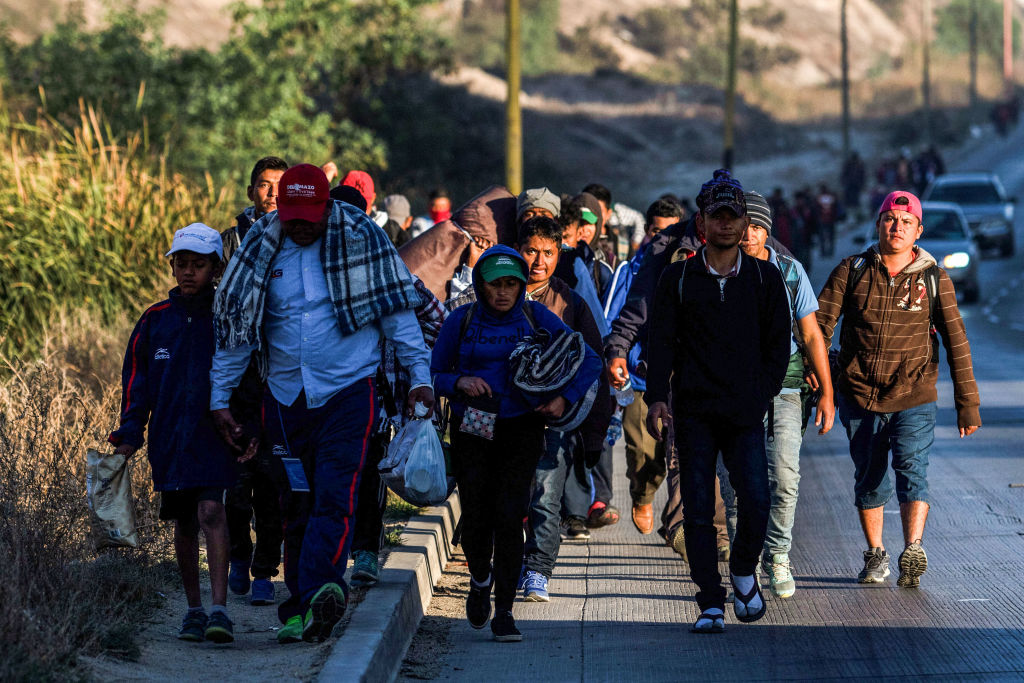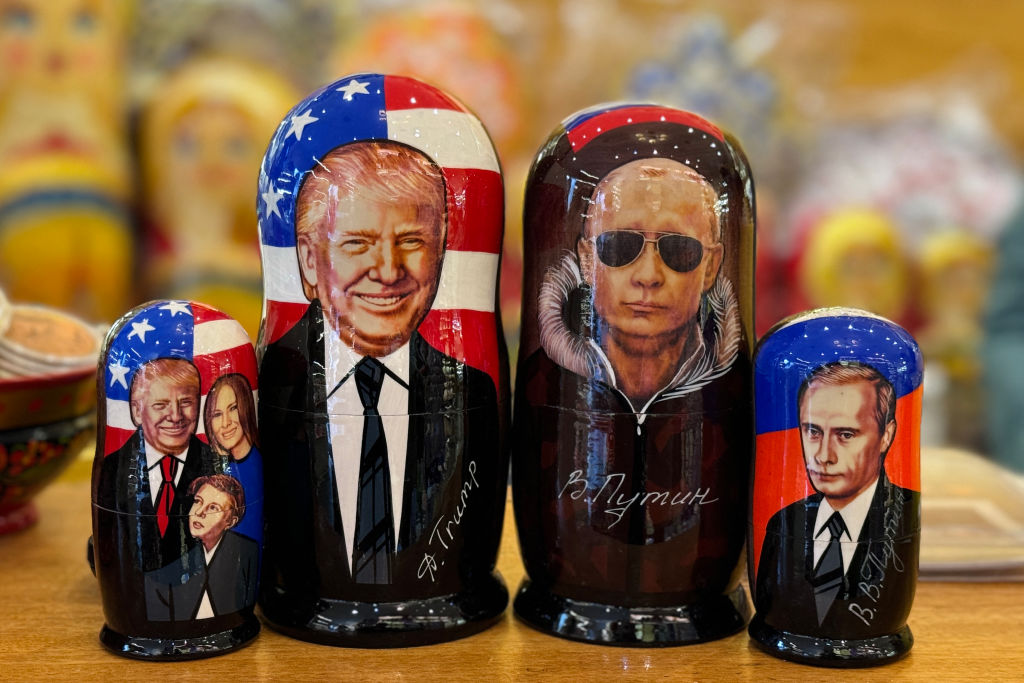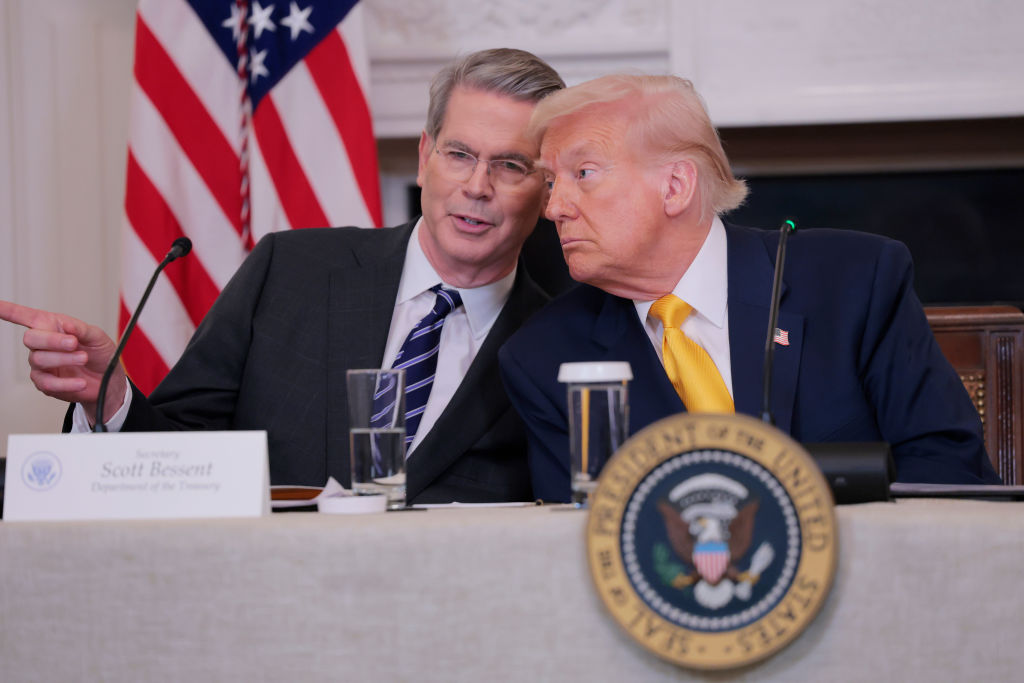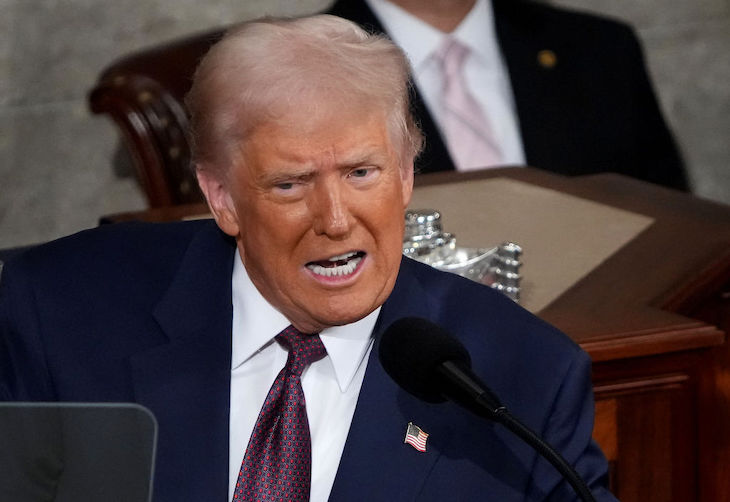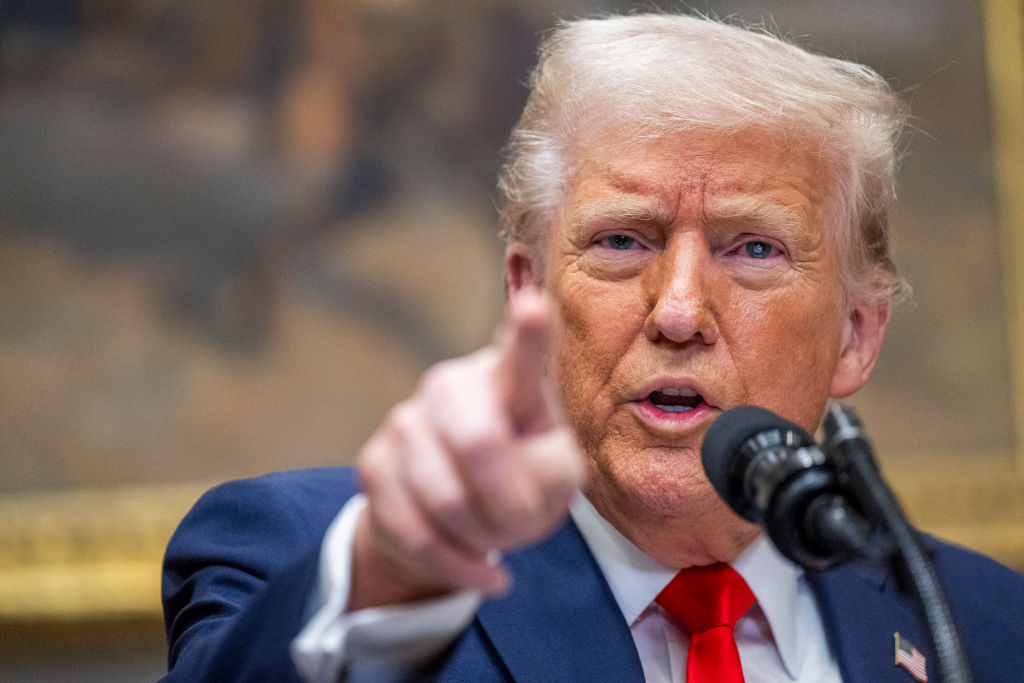Towards the end of 2018, a caravan of an estimated 7,000 people captured the world’s attention when it traveled more than 4,000 kilometers from Central America to the Mexico-US border. While this is not the first group of Central American migrants to travel to the US border, its size and formation have made it unique. Past caravans were arranged within Mexico by a national network of civil society groups. They consisted of migrants who had already made the decision to leave their homes and their countries. They began with leaders, an agreed set of principles, a clear destination and a clear set of demands. The Exodus, however, started within Honduras and, at 7,000 people, it surpassed all previous efforts at organization.
What emerged was a completely unique, constantly-evolving, organizational model. The people created an internal governance system which cooperated with the pre-existing external network of Mexican civil society groups. But ultimately all decisions were made by the people. The result was organized chaos.
By all accounts, the caravan was a spontaneous phenomenon propelled by the overwhelming need to escape authoritarian governments, state and police corruption, gang violence, and poverty. The people call it an exodus.
The flight of people from Central America is not uncommon. Central Americans have been fleeing civil wars, economic hardship, and political instability (much of which was caused by US political interference) for decades. Mexican civil society groups estimate that every year more than 400,000 Central Americans travel through Mexico on their way north to the US. The Mexican government has issued more conservative annual figures of 150,000.
‘In Honduras 300 people leave daily,’ says Honduran activist and journalist, Dunia Montoya. ‘What frightens the world is the accumulation of a week or two of people concentrated together, but in Honduras we have been living in a humanitarian crisis since long ago.’
Every member of the caravan I speak to says there are no organizers and there are no leaders. Leadership can be dangerous. Leaders can be kidnapped, corrupted or killed. This makes it difficult to judge whether there really are no leaders, or whether those people with influence are fearful of being identified.
Weeks before the caravan formed, there were groups in Honduras preparing to leave together for their own protection. People who travel through Mexico on their way to the United States are exposed to numerous risks on the way: accidents, scams, deportations, assaults, extortion, kidnapping and murder.
Independent Honduran journalist and former lawmaker, Bartolo Fuentes, was one of many voices calling upon the people of Honduras to organize.
‘Go out screaming to the world that you are leaving because you have been robbed of opportunities and because those who should protect you have become threats to your lives,’ Fuentes wrote on Facebook on September 27 2018.
‘If you go together, you can support each other, protect yourselves from threats and demand respect for your rights as people in whatever country you are in. Migration is not a crime.’
On October 5, Bartolo Fuentes uploaded an image on his public Facebook account advertising ‘the migrant walk’ which would commence from the grand terminal of San Pedro Sula at 8am on October 12. This image was shared 245 times.
News of the caravan spread through word of mouth, social media, and news reports. The country’s most-watched cable news channel, Hable Como Habla (HCH), reported that Fuentes was the organizer and, without any supporting evidence, claimed Fuentes would pay for the migrants’ food and transportation. Fuentes refuted the claims.
People joined the group, often with less than a day’s notice. For some, it coincided with their immediate need to leave. For others, the caravan gave them the confidence to pack up and escape. Many saw an opportunity to reach the US without having to pay thousands of dollars for a coyote [people smuggler] or ride atop the freight trains known as ‘La Bestia’ [the beast] risking deportation, injury or death.
The Exodus left San Pedro Sula with approximately 160 people. As news spread throughout Central America of an organized movement of people walking to the United States, more people from Honduras, El Salvador, Guatemala and Nicaragua joined.
By the time they entered Guatemala, there were more than 3,000 members. When they reached Mexico, the UN estimated there were more than 7,000 people.
Up until the Exodus reached the town of Esquipulas in Guatemala, there was no apparent formal organizational structure. The size, the shape and the way the caravan was moving surpassed any kind of initial coordination. As people continued to join from all over Central America, the people of the Exodus realized that they needed to organize. It was in Esquipulas where the assembly was born.
The assembly is a public meeting held every evening where members of the Exodus congregate to discuss and decide whether they will move, what route they will take, and what time they will depart. Any member of the caravan can stand up and speak at the assemblies. Hundreds of people, predominantly men, attend. Although, these numbers and demographics are by no means representative of the entire Exodus. If there is no stage or elevated platform, a mob simply forms around the speaker. At the end of the assembly those people in attendance vote on the group’s movements for the following day. People vote with voices and hands but there is no formal count.
In Esquipulas, a public assembly was hosted and all members of the caravan were invited. At the assembly, they voted for a delegation of people who would be responsible for the dialogues and negotiations of the entire caravan. Each of the 18 departments [a political subdivision] of Honduras elected a representative to the delegation. The Exodus was creating its own democratic government.
Walter Cuello was elected to the delegation as the representative from Tegucigalpa, the capital city of Honduras. But he refutes any notion of leadership.
‘The assembly commands. They are the ones who decide,’ he says.
He says the coordinators are responsible for negotiating with non-government organizations (NGOs) and local governments, manage transport, plan where the people will rest each day, and arrange for NGOs to provide medical care and food. They arranged for volunteers from within the caravan to help guide people to each destination, arrange rides on trucks, and ensure nobody is left behind. They also make sure sites are cleaned up when they leave town.
The coordinators meet to discuss important decisions the Exodus has to make and then they report on their discussions to the people at the public assemblies. The final decision is always left to the people.
Despite having established an internal model of governance, once the Exodus reached the Mexico-Guatemala border it became clear it was going to need help to navigate their way safely across Mexico.
When the group arrived at the Suchiate River which divides Mexico and Guatemala, they were denied entry into Mexico. Mexican police fired tear gas at the migrants and closed the official border. Instead of entering Mexico via the bridge, members of the Exodus decided instead to swim or float on makeshift rafts, inflatable mattresses or tires across the approximately 500-feet-wide stretch of the Suchiate River.
Up until that point, the C4 agreement had allowed the caravan to pass freely throughout the region. This was the first hard international border they had tried to cross and there was conflict. On the other side of the Mexico-Guatemala border, they were fearful of being detained and deported by Mexican authorities. They knew they would need help. When they arrived in Ciudad Hidalgo, Mexican civil society groups were waiting for them with food and supplies.
Although there has been wide reportage of the Exodus, this is not the first caravan to travel to the US border.
In 2010, a number of different civil society groups and religious organizations began organizing symbolic processions of ‘migrants’ a few miles long during Lent as part of the annual Catholic tradition of re-enacting the ‘Via Crucis’, the Stations of the Cross. In a year where Mexican authorities discovered a mass grave of 72 migrants in Tamaulipas, the first ‘Via Crucis del migrante’ were designed to raise awareness about Central American migration through Mexico. They took place in Mexico’s southernmost state of Chiapas and didn’t include an organized route north to the US border.
In 2014, the nature of the annual ‘migrant’ Via Crucis began to shift when the caravan continued marching all the way to the US border, growing in size to approximately 1,000 people. Since then a network of Mexican civil society groups has built on the Via Crucis tradition by arranging annual caravans to the border.
The latest set out from Tapachula, Chiapas in April 2018. At its peak, it was reported to number about 1,500 people. By the time it reached Tijuana in early May, the group had dwindled to several hundred people. Many of the parents and children of the caravan who sought asylum in the United States were separated under the zero-tolerance policy that criminally prosecuted people crossing the border without a visa.
This ‘Via Crucis del migrante’ movement united a national grassroots network of religious groups, civil society groups, legal services, shelters, activists, state human rights commissions, and local governments, working in cooperation to secure safe travel of migrants, refugees and asylum seekers through Mexico. There is no overall governing body to this informal network. The level or type of support provided to migrants is dependent on the city or state. Each area or locality is managed by different groups. Each group or organization focuses on particular needs.
This network operates in direct contradiction to Mexican federal policy. In 2014 the US began funding Mexico’s Southern Border Plan (Programa Frontera Sur) to control and limit Central American migration through Mexico. The federal government stationed migration agents, local and federal police, soldiers and marines who conducted checkpoints and raids in Chiapas, the border state with Guatemala. Since the Southern Border Plan launched, Mexico has deported more than half a million Central Americans, including almost 82,000 last year.
As I travel with the caravan across Mexico, I see the migrant network in action. In the little town of Santiago Niltepec in Oaxaca, buses are hired to transport families to the next town. In Puebla, Father Gustavo Rodriguez of Our Lady of the Assumption Church arranges shelters where the migrants sleep. In Mexico City, the city’s government hosts the Exodus at the Magdalena Mixhuca Sporting Complex. When people are detained by Mexican authorities in the state of Sonora, the network springs into action and Mexico’s National Human Rights Commission arranges for their release.
People Without Borders (PSF for its name in Spanish, Pueblo Sin Fronteras) was one of the principal groups involved in the Via Crucis movement and the past caravans. PSF volunteer Elena Alderman says she and others from PSF joined the Exodus once it arrived in Mexico to provide guidance and advice to its members. By traveling with the Exodus, the PSF volunteers can connect its people with the civil society network and can help coordinate shelters, transport and other services. PSF volunteers have since embedded themselves within the Exodus and assumed numerous organizing roles such as coordinating media WhatsApp groups, issuing press releases, and helping coordinate the public assemblies.
While PSF volunteers are quick to distance themselves from any kind of leadership role, there has been media speculation and criticism regarding the organization’s presence in the Exodus and how much influence they have on the caravan’s movements.
Jirineo Mojica has been volunteering with PSF for roughly five years. He says it would be misleading to suggest that PSF is capable of organizing so many people.
‘No-one has the control. Not even the government has the control. We cannot even have a general meeting to get to know each other.’
Despite these attempts to assist the Exodus, the sheer number of people has stretched the network’s capability to ensure safe travel through Mexico. Wherever the caravan stops, shelters are overcrowded and beyond capacity. As a result, people are often forced to sleep on the street outside of shelters.
Where previous caravans were organized within Mexico, the Exodus’s unique origin and management system has created a strange relationship between two informal organizing bodies (one created internally by the Exodus; the other already existing external to the group) and the will of the people. Although the migrants are dependent on Mexican civil society for practical assistance, they are not bound by the decisions or advice of these groups or even their own elected organizing committee. The result is organized chaos.
During an assembly in Mexico City, the people need to decide which route the migrant caravan should take north to the US border: the perceived safer route along the west coast to the city of Tijuana in Baja California Norte; or the shorter, more dangerous route along the east coast through the state of Tamaulipas. The assembly decides to leave for Tijuana the next day.
However, at 4am the next morning the majority of people do not wake up. Whatever attempts there have been to formalize an organizing body, the Exodus has other ways of voting. Despite the members’ best efforts to organize, the Exodus acts by the will of the people.
As the Exodus marches across Mexico, its organizational structure transforms and evolves. During the journey, the assembly votes for a security commission consisting of people from the caravan. In Mexico City, when the Exodus is at its most coordinated, it establishes a women’s committee, a trans committee, and introduces representatives from Nicaragua, Guatemala, El Salvador to the committee of Dialogues and Negotiations.
However, when members want to take different paths, the structure is weakened and in a group of such diverse people with competing interests there are bound to be divergent goals.
When the caravan arrives in Tijuana, people have different ideas of how they want to cross into the US and they re-organize accordingly. The committee of representatives is disbanded and other committees are formed. It is not a change in how they’ve been operating previously. It is an adaptation.
Regardless of how the people try to enter the US, the network of civil society groups will continue to support those people who remain in Mexico. And with more caravans making the journey north it appears as if there will be no shortage of work for volunteers, human rights defenders and activists who want to ensure people arrive safely to the US border.



